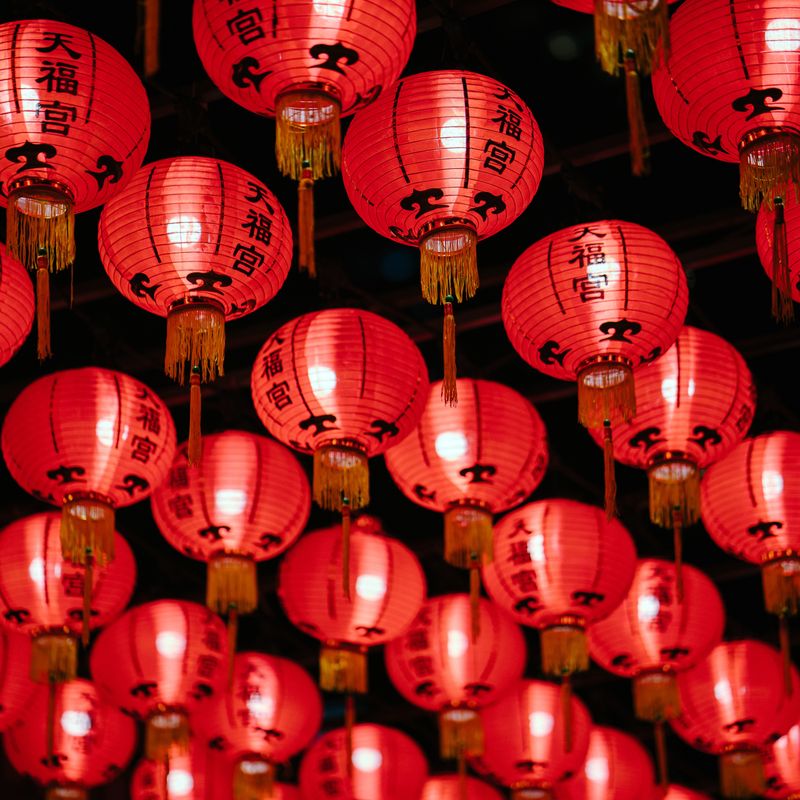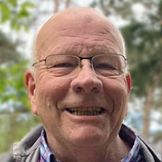Continuing education
The muscle test as we know it in applied kinesiology is an excellent tool for TCM'ers to systematically analyze complex problems via the signals that the body gives itself and to trace them back to their origin. In this 4-day course, all aspects of this fascinating method are discussed and there is ample attention for its application in practice.
The response to the course in 2022 was very positive: • "I've taken muscle testing courses before, but this was the first time it was explained so to the point. I now really feel like I know what I'm doing." • "I tried it right away at home and the result was astonishingly accurate!" • "It's not easy to understand at first and even a bit confusing, but the second weekend everything fell into place and I'm confident that I can put it to good use in my practice." • "The best course I took in the last 20 years."
Course content
Based on TCM, the kinesiological muscle test is an excellent tool for making an energetic diagnosis and for finding points and point combinations that require treatment in the diagnosis. The muscle test enables the practitioner to systematically analyze complex problems and return them to their origin.
Due to the 'construction' of a complaint or problem over time, the personal character of the complaint and of the person behind it becomes visible, both for the therapist and for the person with the complaint.
Because the body speaks the language of the inner man through the muscle test, it is also possible to translate on a personal level and to tell what someone can contribute to the healing of his body and the healing of himself, thanks to the communication with the same inner man. With the help of the muscle test, someone can therefore learn how to use his self-healing or healing powers (again).
In addition, during the treatment process, the muscle test can also be used continuously to check whether equilibrium is actually restored.
About the teacher
Jan Willem Ilbrink became fascinated in 2011 by the total concept that Huub Verlinden had developed in the field of diagnosis and treatment using the muscle test. Over time, he has especially come to appreciate and further develop the emotional side and the inner strength of the human being of Huub's method.
Since then, he has used Huub's method with great success in his daily practice, including by combining it with Chinese herbs and supplements. The method can also be integrated very well in other forms of Acupuncture, Tuina, and Shiatsu.
Jan Willem has taken over the course with the approval of Huub Verlinden, who himself stopped giving the course “Kinesiology and acupuncture”, and further developed the teaching material.
About the course
During the lessons, the teaching material will be approached as practically as possible. A lot of time is set aside for practical practice.
After the first two days of classes, students will be able to master the muscle tests in such a way that they can already do research with them, especially for allergens and nutritional deficiencies. They will also be able to handle that.
Between the two study weekends, students can fully experiment at home, for example with the effect of sound, colors, gemstones, etc.
After the last two days of classes, students are able to perform a full treatment.
Although primarily intended for acupuncturists, the lessons can also be successfully followed and applied by therapists who work with acupuncture points. Tuina and Shiatsu therapists can stick a magnet on the acupuncture point instead of putting needles.
Recommended teaching materials
“Acupuncture Atlas of Emotions” by Huub Verlinden (ISBN: 978-9076189581).

 Jan Willem Ilbrink
Jan Willem Ilbrink